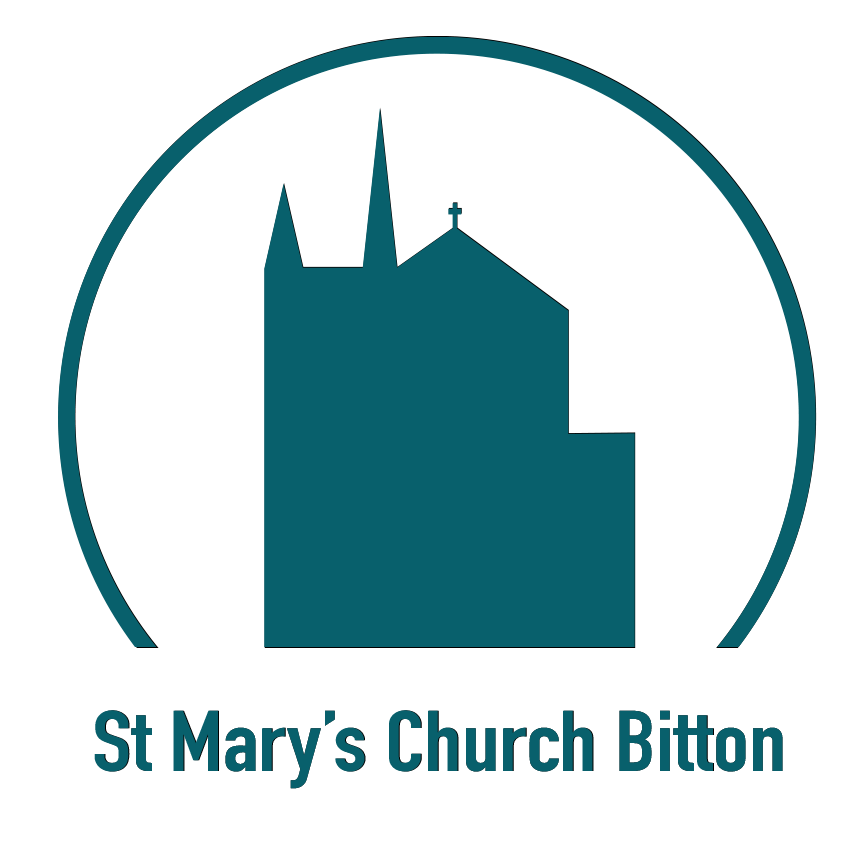Conservation of the Seymour Cloth

The Seymours of Bitton
The Seymour family of Bitton, were related to the dukes of Somerset and to the third wife of Henry VIII, Jane Seymour. They leased the old rectory manor house, now known as The Grange, from 1578 for nearly 200 years.
Sir John Seymour (c1587-1663) was Member of Parliament for Gloucestershire but after refusing to vote for King Charles I to be tried for treason, he was expelled, in what became known as Pride’s Purge.
He was revered for his courage by his grandson Col John Seymour, who donated this embroidered cloth, probably in the 1690s, in his memory. A grand memorial was also erected which you can see in the chancel, at the far end of the church.
Col John Seymour (1649-1709) was a much decorated soldier and in 1702 was appointed as the Royal Governor of the new colony of Maryland where he is buried.
A Skilled Artist
Col John Seymour was a skilled artist. One of his drawings is in the Royal Collection. He is reputed to have painted the picture of St Mary’s from the Glebe Field (then known as The Croft) and may even have included himself among those depicted. The painting hangs on the south wall of the church.
The picture was probably painted in the late 1690s, when the colonel had returned from the wars and around the time we believe that the cloth was given to the church. In addition to any money he may have earned from his military ventures, he had married for a second time and into money. His new wife was Hester Newton, the daughter of Sir John Newton of Barrs Court.
An Altar Cloth
The Seymour cloth is of simple design and bears, in gold embroidery, a dedication to the memory of Sir John Seymour. At each corner is a phoenix rising from a crown – a device in the coats of arms of the Seymours but also, at the time, the phoenix being the symbol of a restored protestant monarchy rising from the ashes of the divisions of the English Civil War.
At the centre is a sunburst with the letters IHS, a symbol of Christ.
Although called an altar cloth, churches in the second half of the seventeenth century were largely devoid of altars and of almost anything that was decorated. Communion was celebrated often on a simple small table.
But times were changing and by the 1690s, while England remained staunchly protestant, ornament was gradually returning to religious practice. This luxurious cloth, with its gold embroidery, marks something of that change.

The Cloth
The cloth itself is made of a blue wool but richly embroidered with silk threads. it has previously been repaired when a backing material was attached, but this deteriorated and consequently the cloth can no longer lay flat.
The dedication on the cloth reads:
The gift of Colonel John Seymour to the church of Bitton in the County of Gloucester for the communion table in remembrance of his dear grandfather John Seymour who dyed and was interred in ye middle of this holy square.
It also bears the date of Sir John’s death: Nov 17th 1663
The cloth is thought to date from some years later.
Conservation
Conservators will be working in the church on Thursday afternoons during during June and July and welcome visitors.
The conservation work is being undertaken by Severn Valley Heritage Volunteers who are members of The Arts Society and volunteer their skills to conserve precious artifacts and records.
The Arts Society Severn Valley Heritage Volunteers (to give the group its full title) have undertaken a variety of textile projects over the past 20 years. The group varies in size from 3 to 8 members all of whom have a background in working with textiles including embroidery, dressmaking and soft furnishing. Project leaders must have had training from a recognised professional conservator. Authorisation for this and all projects must first be obtained from The Arts Society and advice obtained from a conservator. In this case, a professional conservators report was already available as one had been commissioned by St Mary’s 3 years ago.
Past commissions completed by the group have included the conservation of church vestments and altar frontals but they have also made new altar frontals and replica costumes for use in Museums.
Group leader Sian Rogers said: “The aim of Conservation is to treat the Artefact in a way that will ensure its’s survival for the future. Any work done should be reversable and the nature of the artefact should not be changed. Work usually starts with cleaning and ends with wrapping in suitable materials for storage or display. In between there are often challenges as unforeseen situations come to light but that is what makes the process so fascinating.”
St Mary’s Church is most grateful to Sian and her group of volunteers who have given their time to this project and this important piece of restoration work.

Memorial to Sir John Seymour
The memorial to Sir John Seymour erected in the chancel of St Mary’s Church, but also most probably some years after his death in 1663. The cloth for a communion table was dedicated to Sir John’s memory.

